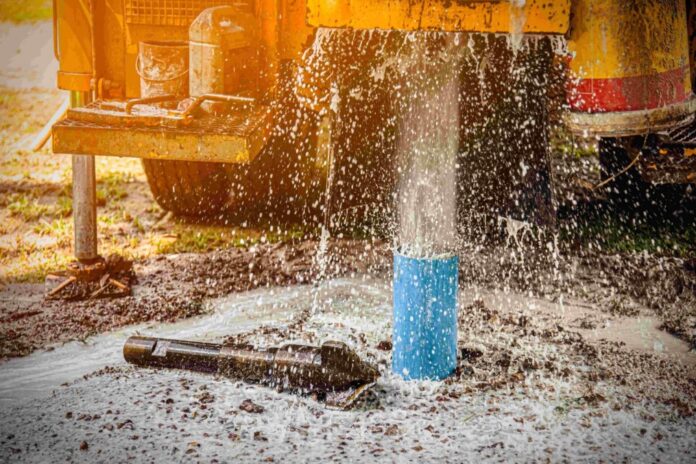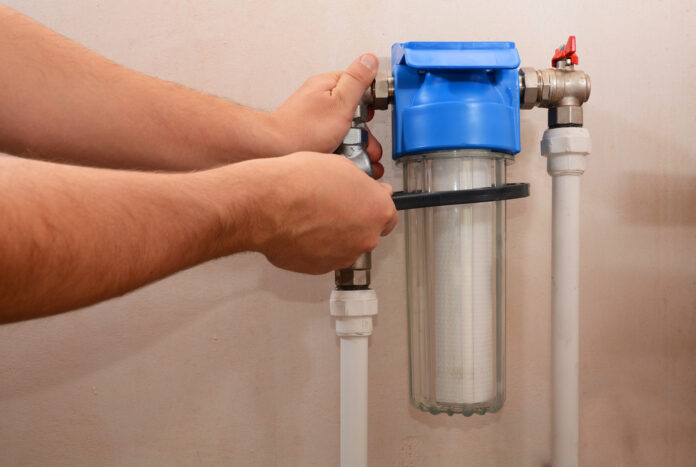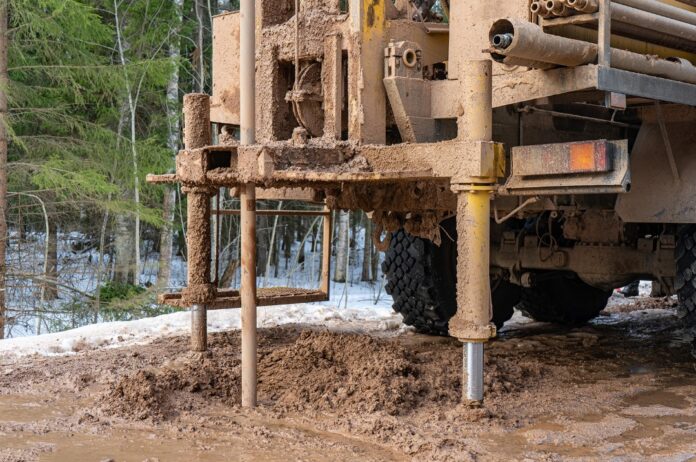When planning a water well project, the choice of equipment directly impacts efficiency, long-term performance, and cost. A well that’s designed with the right pump, casing, filtration, and control systems will not only deliver steady water flow but also reduce maintenance needs. On the other hand, a poorly equipped well often leads to breakdowns, low yield, or even contamination risks.
This guide explains how to make informed decisions when selecting equipment for water wells, touching on pumps, casings, drilling depth, and filtration. It’s meant for property owners, farmers, and businesses who want dependable water access without overspending.
Understanding the Basics of Water Well Equipment
Every water well system has core components: the well casing, the pump, pipes, a pressure tank, and sometimes a filtration system. The well casing keeps the hole stable, the pump moves water to the surface, and the tank balances water flow. Supporting parts like check valves, screens, and control panels ensure the system runs smoothly.
Choosing each part is less about picking the most expensive option and more about tailoring it to soil type, depth, and usage. For example, a shallow residential well doesn’t need the same heavy-duty pump that an agricultural irrigation system requires.
Depth and Drilling ─ Why It Dictates Equipment Choice
Before selecting a pump or casing, the depth of the well has to be established. A shallow well (less than 25 feet) usually works with jet pumps, while deeper wells need submersible pumps that can push water from hundreds of feet below.
This is also where professional drilling services come in. Companies that specialize in perforacion de pozos de agua profundos (drilling of deep water wells) provide the right expertise and equipment to reach reliable aquifers.
Going deeper often means more stable water quality, but it also requires sturdier casings and higher-powered pumps.
Ignoring depth considerations is one of the most common mistakes. A pump that’s too weak for the depth will burn out quickly, while oversizing adds unnecessary costs.

Choosing the Right Pump ─ Jet vs. Submersible
The pump is the heart of your well system, and there are two primary types:
- Jet pumps – These are installed above ground and work well for shallow wells. They are easier to maintain but less efficient at great depths.
- Submersible pumps – Installed inside the well, these pumps are powerful and suitable for deep water extraction. They’re quieter, longer-lasting, and more efficient, but harder to replace when they fail.
A good rule of thumb: if your well is deeper than 25 feet, go with a submersible pump. If it’s shallower, a jet pump is usually sufficient.
Filtration and Water Treatment Considerations
Even if your aquifer produces clear water, unseen contaminants may still be present. Adding a filtration system protects both your health and your equipment. Common solutions include:
- Sediment filters – Capture sand, grit, or small particles.
- Carbon filters – Improve taste and remove odors.
- UV purifiers – Neutralize harmful bacteria.
Investing in filtration upfront saves costs later by reducing wear on pumps and preventing blockages.

Pressure Tanks and Control Systems
A pressure tank stores water and maintains steady pressure, reducing the need for your pump to turn on and off constantly. This prolongs pump life and ensures consistent water flow.
Modern wells also use control boxes and monitoring systems that help detect pump performance issues early. Smart controllers can adjust flow automatically based on demand, a feature particularly useful for farms with seasonal irrigation needs.
Cost vs. Long-Term Value
When budgeting, remember that cheaper upfront choices may cost more down the road. A pump with low efficiency will consume more electricity. A thin PVC casing may crack, forcing expensive repairs. The most reliable setups balance cost with expected lifespan.
Practical tip: calculate not only equipment cost but also installation, energy use, and maintenance over 10–15 years. That’s the real picture of value.
Maintenance and Professional Support
Even the best equipment fails without proper maintenance. Schedule annual inspections to check water quality, pump function, and casing integrity. Partnering with a reliable drilling or well service company ensures quick troubleshooting and access to replacement parts.
For rural or agricultural users, it’s wise to keep essential spares on hand, like pressure switches and filters, so small breakdowns don’t stop operations entirely.

Final Thoughts
Choosing the right equipment for water wells means more than picking parts from a catalog. It’s about matching pump power to depth, selecting the right casing for your soil, protecting water with proper filtration, and considering long-term efficiency. With thoughtful planning and professional support, a water well can provide decades of reliable service.







